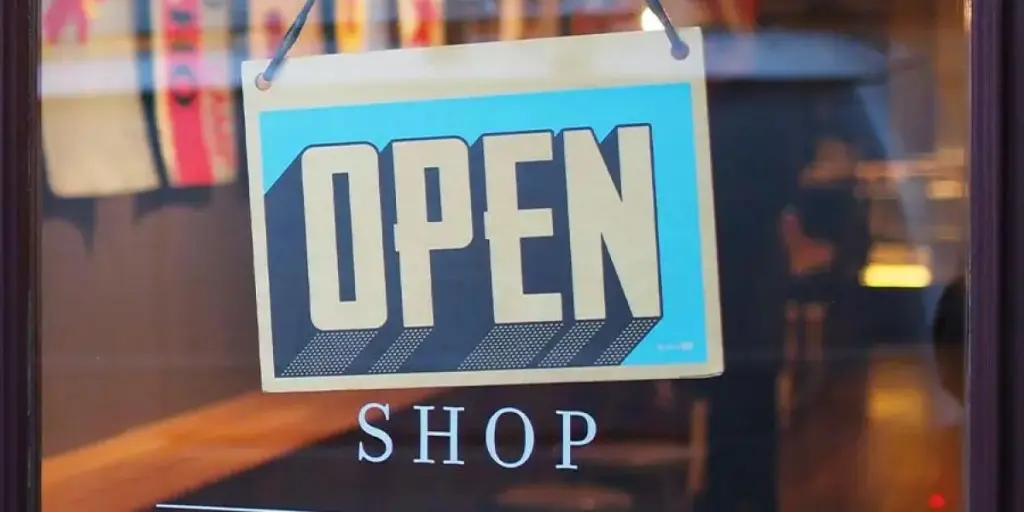Whether you are an artisan or an entrepreneur trying to scale your small business, choosing the right online marketplace can make a huge difference. Ecommerce platforms make it easier for your small business to evolve into a globally recognized brand without a warehouse, a logistics coordinator, or even a physical storefront. However, after researching and narrowing down the list of online marketplaces, you may have found yourself confronted with two options that you can’t choose between—Amazon Handmade and Etsy.
Two of the most popular and unrivaled eCommerce platforms, Amazon Handmade and Etsy, offer endless opportunities for small businesses to find new customers and boost sales. If you are having a hard time deciding on the right handmade retailer for your business, here is a breakdown of their differences, similarities, and pros and cons to help you out.
What is Amazon Handmade?
The leading online retailer in the US, with more than 300 million buyers and nearly 2 million active sellers, Amazon.com introduced its sister microsite Amazon Handmade in 2015.
Designed for small businesses specializing in handcrafted goods, Amazon Handmade inherits the vast customer base from Amazon.com. Meaning, the platform reduces tons of effort in finding new customers online. In September 2020, Amazon Handmade revealed that more than 100 of its makers surpassed $1 million in annual sales.
According to various studies, Amazon shoppers generally fall into the age group 19-44, with the top-selling handmade product categories being jewelry, home, and kitchen items.
Pros of selling on Amazon Handmade
Massive reach
According to studies, Amazon is the 5th most visited site in the US, only falling behind YouTube, Twitter, Facebook, and Wikipedia. As Amazon Handmade is integrated into the larger Amazon.com site, listing a product on the microsite will automatically put it in front of a vast global audience base.
Complimentary professional plan
Amazon offers two pricing options—individual and professional. With the professional plan, sellers pay a flat subscription fee of $39.99 per month, plus any additional selling charges on individual orders. Furthermore, approved sellers on Amazon Handmade receive added perks and are only charged a 15% transaction fee on all sales.
Convenience of FBA
Amazon Handmade offers Fulfillment by Amazon services, where sellers ship the products to an Amazon warehouse for storage. Once a customer purchases your product, Amazon packs, and ships the order on your behalf.
No listing fee
Amazon Handmade doesn’t charge sellers product listing fees. So, you can list as many products as you want and only pay the selling charges only if you make a sale.
Cons of selling on Amazon Handmade
Highly competitive environment
Amazon has a handful of in-house brands it sells alongside the other vendors. So, your business is always in direct competition with Amazon, a strong contender. This competition becomes much more fierce if your business succeeds on Amazon Marketplace.
Higher commission fees
Although Amazon Handmade sellers receive Amazon’s professional selling plan at no cost, the 15% selling fee charged on each sale is still higher than those charged by other marketplaces. Additionally, Amazon charges a referral fee between 7-45% depending on the product category. The only way to avoid this extra charge is by paying $39.99 a month to become a ‘Pro-Merchant.’
What is Etsy?
With over 7.5 million sellers and 96.3 million active buyers, Etsy promotes itself as a platform where people can buy one-of-a-kind creative things at reasonable prices. The eCommerce site is home to a bustling community of artists, designers, and crafters selling handcrafted or vintage goods.
Products that can be sold on Etsy should fall into categories like arts, crafts, jewelry, homeware, or baked goods. Sellers are also encouraged to list vintage items—products that are at least 20 years old—as there is a huge customer base for such items on Etsy.
With more than 1,000,000 active shops, Etsy is rising in popularity, with an increasing number of online shoppers acknowledging that it is a great place to find unique items and gifts that aren’t sold elsewhere.
Pros of selling on Etsy
Low start-up fees
Etsy charges relatively lower fees. In fact, one can start their shop on Etsy with just $0.20, and there are no additional subscriptions or monthly charges to pay.
Large and established customer base
As mentioned earlier, Etsy already has a unique customer base of people who visit the platform to find vintage or one-of-a-kind items. So, opening an Etsy shop gives you membership to a previously-established community, which could potentially help with having customers find you.
Flexible advertising plans
Starting this year, Etsy allows users to purchase on-site and off-site ads through the platform. The internal ads space leverages an auto-bidding system–sellers set a daily ad budget that Etsy uses to auction off ad space for specific product categories and search terms.
On the other hand, off-site ads work on a pay-per-click model where the seller only pays if a user clicks on the ad and orders within 30 days. The fee for ads is 15% of the total purchase amount.
The products and shops for off-site ads are chosen automatically, and sellers can opt out of the program if they make less than $10,000 in annual sales.
Analytics and custom options
With a standard plan, Etsy sellers get access to a stats page showing them the traffic volume to their Etsy shop and information about the visitors. With the additional paid plan, “Etsy Plus,” sellers can customize the look of their store with banners and featured listings. One can also set up waitlist notifications for sold-out items, ad credits, listing credits, and 50% off a custom domain for a year.
Cons of selling on Etsy
Recurring fees
While the initial start-up cost is low, the charges can quickly add up, particularly with the listing fees that should be paid every four months. For instance, the seller should pay $20 to open an Etsy store with 100 listings. Whether the products are sold or not, the user should still pay another $20 for the same listings after four months.
Saturated market
Another issue most sellers have to deal with when selling products on Etsy is the competition. Apparently, there are more sellers than buyers on Etsy. With the number of sellers rising, and with so much competition, it can be hard to make your shop and products stand out. To overcome this challenge, shop owners must dedicate more time and money on marketing and honing their products’ key selling points.
Amazon Handmade vs. Etsy: similarities and differences
The primary reason sellers find it hard to choose between Amazon Handmade vs. Etsy is that they don’t know how similar or different the two platforms are. While they are both great and have their own strengths, you need the best platform when starting a business. With that in mind, here is a detailed comparison of Amazon Handmade vs. Etsy.
Similarities
User-friendly dashboard
Both Amazon Handmade and Etsy are designed to be user-friendly and intuitive. Sellers can easily set up their online store on both platforms without prior web development experience or knowledge. Additionally, both Amazon Handmade and Etsy allow for customization of storefront pages and offer a seller dashboard to track order and sales information.
Custom products
Sellers can easily pay and get a specific listing placement on both Amazon Handmade and Etsy.
Product listings
The two eCommerce platforms charge selling fees that are calculated as a percentage of the total sale amount.
Differences
Listing fees
With Amazon Handmade, sellers don’t pay a product listing fee. Nonetheless, Etsy shop owners must pay a recurring listing fee every four months.
Payment processing
Etsy offers three payout options to sellers—through Etsy account, PayPal, or mail. Amazon Handmade only allows direct deposits into the seller’s bank account. Furthermore, Amazon Handmade pays sellers biweekly, while Etsy shop owners can choose from daily, weekly, monthly, or bimonthly payout schedules.
Sign-up process
To sign up on Amazon, you first submit tax, banking, and personal information and wait for approval which can take up to a month or sometimes more. Once approved, you must complete an additional application form to start selling on Amazon Handmade.
With Etsy, things are simple. You can get started by filling up a few banking and personal information.

Fulfillment services
Amazon offers fulfillment services, whereby they store, pack, and ship the products on the seller’s behalf. However, Etsy doesn’t warehouse goods or handle shipping but offers discounted shipping labels.
Is it better to sell on Amazon Handmade or Etsy?
Amazon is the king of eCommerce. However, Etsy has a unique audience base interested in handmade, craft-related, and vintage items. Additionally, Etsy is a cheaper option for setting up your online store. However, if you are trying to sell mass-produced products, you should choose Amazon Handmade, given its enormous customer base and exceptional logistics service.
Regardless of which platform you choose, know that the market is quite competitive. So, establishing your brand and acquiring customers will take time and an effective branding strategy.




